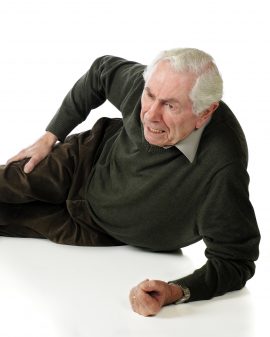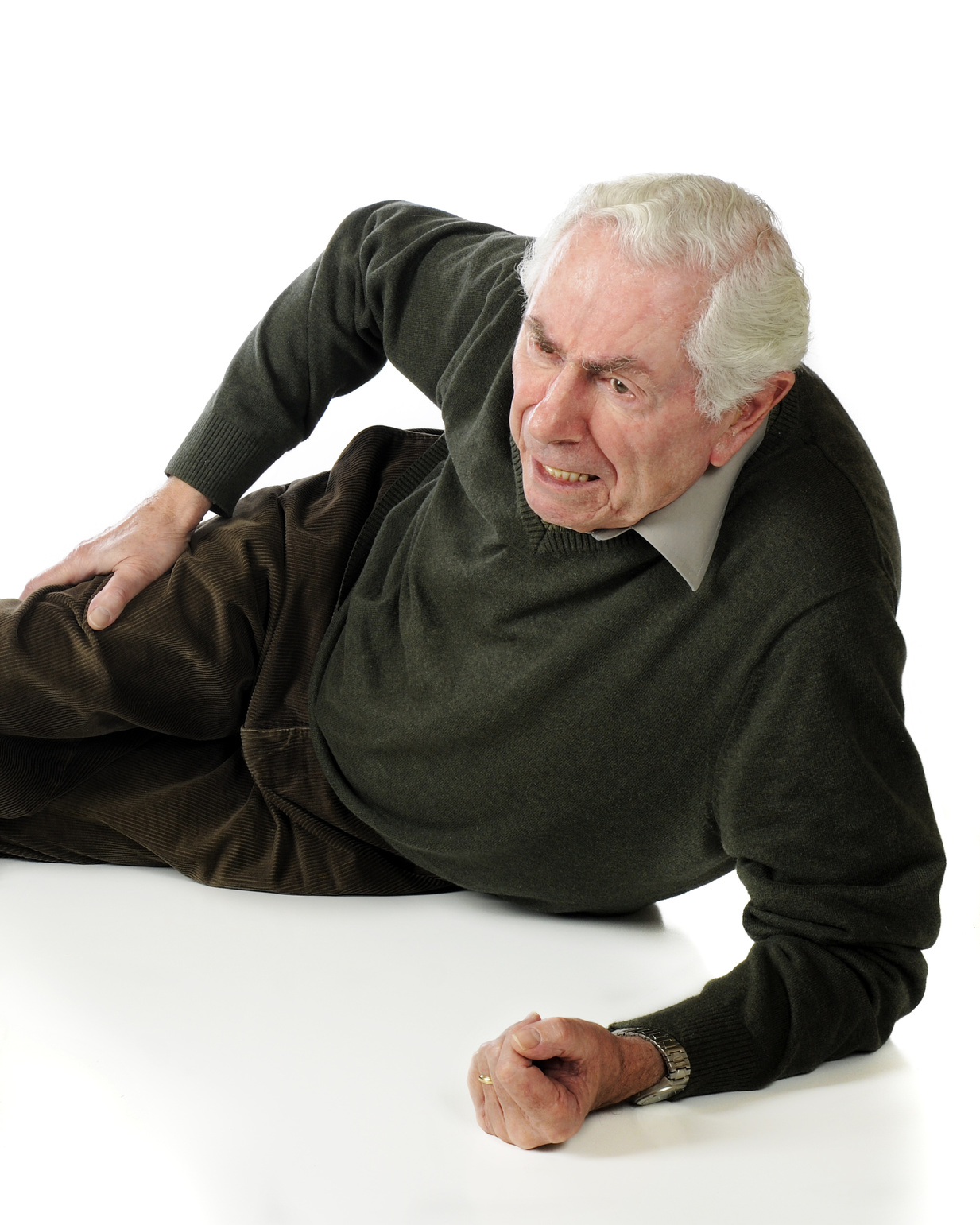 Each year, more than one-third of individuals age 65 or older take a fall — that is, an unexpected event in which the faller comes to rest on the ground, on the floor or on a lower-level surface. Some 30 percent of people who fall suffer moderate to severe injuries.
Each year, more than one-third of individuals age 65 or older take a fall — that is, an unexpected event in which the faller comes to rest on the ground, on the floor or on a lower-level surface. Some 30 percent of people who fall suffer moderate to severe injuries.
As the leading cause of death from injury and the most common cause of nonfatal injuries and hospital admission, falls are a serious matter. Falling can have a significant impact on a person’s ability to live independently.
Many people who fall, even those who are not injured, develop a fear of falling. Identification of risk factors and prevention of falls is important to decrease medical and financial complications. The following are considered risk factors among high-risk populations:
- Medications — Taking four or more medications, including over-the-counter meds, increases the risk of falls. It is necessary to take all meds prescribed by your doctors. However, make sure your physician and pharmacist are aware of all your medications.
- Strength, bones and joint motion — As we age, it simply becomes more difficult to move because of changes in our strength, bones and joints.
- Vision — We rely strongly on vision to maintain our balance. Unfortunately, as we age, our ability to see clearly and accurately decreases.
- Cardiovascular deficits — Changes in the heart and blood vessels, decreased physical activity, decreased endurance and other factors are all factors to consider.
- Prior falls and a fear of falling
- Environmental risk factors — Most people fall within their own There are a variety of trip hazards present at home, such as throw rugs, long phone cords, pets, narrow stairs, no handrails, poor lighting, slippery or wet floors, and unclear pathways.
Prevention
Environmental modifications such as good lighting, clear pathways, call lights and chair/bed alarms within reach, and easily accessible bathrooms all can help with fall prevention. Additional measures can include high-quality footwear, proper use of assistive devices such as canes and walkers, and use of a call light or chair/bed alarms if a patient wants to get up. These preventative steps, combined with tests to determine a person’s risk of falling, enable us to prevent falls and keep patients out of harm’s way.
By Jamie Krefting, SPT, University of St Augustine, Student Intern at Timberwood Nursing & Rehabilitation, Livingston, TX

